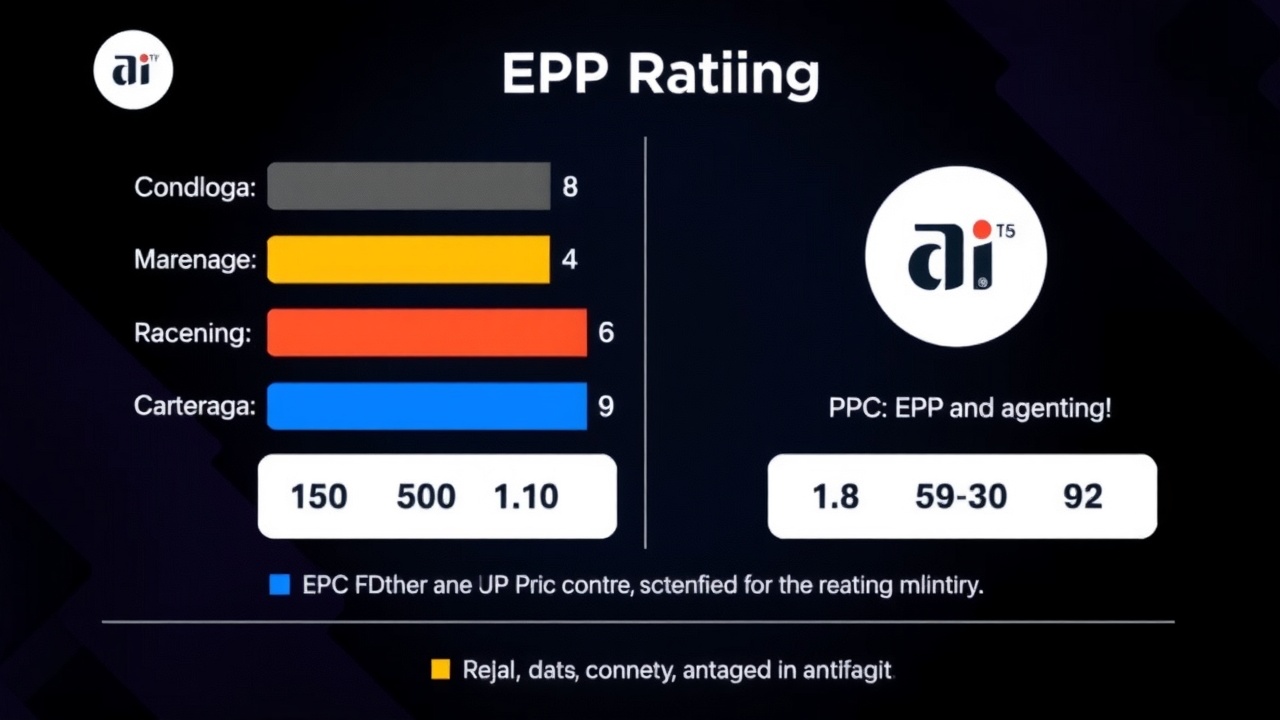
This year's reduced mortgage rates could save buy-to-let landlords with several properties thousands of pounds, but if they don't refinance, they could be hit with a bill of £23,000
New analysis suggests that portfolio landlords could save up to 8,500 by remortgaging onto the current lower buy-to-let rates, but they run the risk of paying thousands more if they do nothing.
According to research conducted by specialized property finance expert Rangewell, investors in buy-to-let (BTL) property portfolios who do not refinance to fix their mortgage may see an increase in their monthly mortgage costs of more than 23,000.
Rangewell examined the average amount that the typical portfolio landlord owed on BTL mortgage borrowing. Then it examined how, as a result of rising mortgage rates, they might be in a much better position now when their two-year fixed-term mortgage is about to expire.
Lastly, it calculated the possible costs of not remortgaging and going back to a standard variable rate.
According to the study, two years ago, the average portfolio investor owned 8.6 BTL properties that were financed by 5.8 loans, totaling 503,680 in BTL mortgage debt.
At the time, they would have been offered an average mortgage rate of 4point 78 percent for a two-year, fixed-rate BTL mortgage product with a 75 percent loan-to-value ratio.
Given the amount borrowed (503,680), this would have translated into a monthly interest-only mortgage payment of £2,006 per month.
Thanks to advancements in the mortgage industry, the average rate for the same mortgage type has decreased to 3.93 percent in the present day.
The average monthly cost of a portfolio mortgage could therefore drop to 1,650 when making an interest-only repayment for those nearing the end of a fixed-rate term today and refinancing proactively.
That's a 357 monthly reduction, or 8,563 over a two-year renewal period.
Reverting to the standard variable rate without refinancing, however, might prove to be an expensive error. The typical portfolio landlord may see an increase in their mortgage rate to 7.09% as a result.
This would increase their interest-only mortgage repayment cost by 970 per month to 2,976, which would add up to 23,270 over a two-year renewal period.
According to Alasdair McPherson, head of partnerships at Rangewell, "The mortgage market has shifted decisively back in favor of portfolio landlords, but there is now a dangerously large gap between best-in-market rates and legacy rates that landlords may fall into due to a lack of professional funding support or research.
Prospects for buy-to-let properties.
According to Rangewells McPherson, there are excellent refinance and re-leveraging opportunities for portfolio landlords in a number of specialized industries.
Semi-commercial buildings (e.g. G. apartments above shops).
According to McPherson, lenders' interest in mixed-use portfolios has significantly grown. According to the statement, this is one area where rental yields and refinance terms are frequently superior to those offered to pure residential portfolios.
Portfolios for vacation rentals.
Although underwriting has historically been more stringent, Rangewell stated that yields in this industry have always been high. Refinancing can reduce expenses and free up equity for additional purchases, as McPherson observes that more and more lenders are now willing to consider well-managed vacation rental portfolios.
Portfolios for social care and assisted living.
In the past, these portfolios have caused issues for a lot of landlords because most lenders didn't comprehend the business plan. According to McPherson, the number of specialized lenders who actively comprehend and support supported living has increased significantly, which has a significant impact on refinance and expansion prospects.
Portfolios of UK real estate owned by foreign investors.
Historically, overseas landlords have faced much higher interest rates due to their lack of UK credit history. According to McPherson, more lenders are now acknowledging this expanding asset class and are prepared to provide favorable terms. This enables these landlords to more profitably reposition their portfolios with either specialty or mainstream lenders.
Houses in Multiple Occupations, or HMOs.
This industry has a particularly high lender appetite, especially for professional and student HMOs with strong rent-to-loan coverage. According to McPherson, if landlords take the proper steps, they can obtain rates comparable to those of regular BTL, which will result in significant cost savings and increased portfolio returns.
MUFBs (multi-unit freehold blocks).
In particular, when five or more independent apartments are under one title, these continue to be a "lender sweet spot," according to McPherson. "Even at scale, we can frequently secure rates that are close to standard BTL terms with the right rent roll and valuation evidence," he continued.














Leave a comment on: Remortgaging could save portfolio landlords £8,500 as opposed to risking a £23,000 increase in expenses